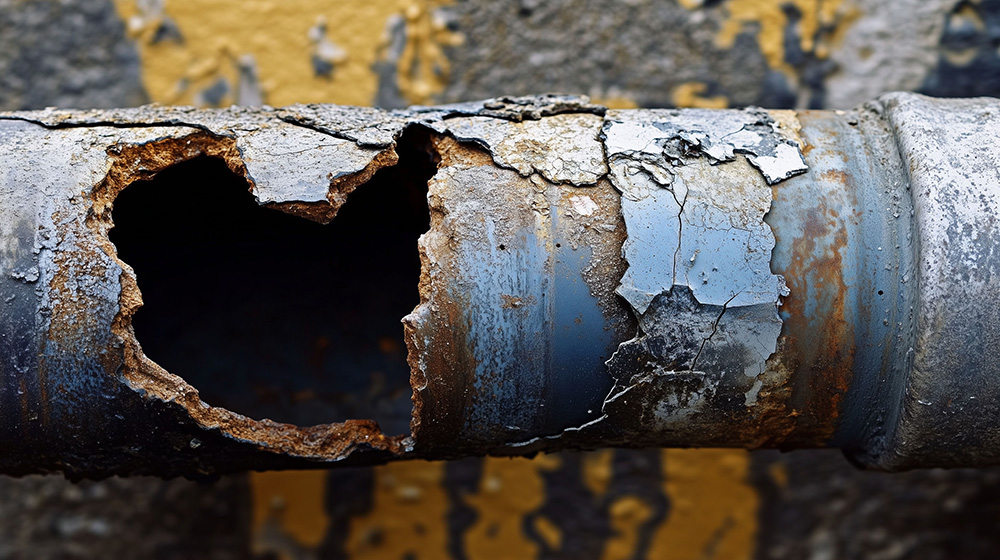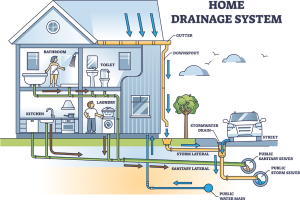Tree roots in sewer lines are caused by trees seeking moisture from your underground sewer lines, wreaking havoc, causing blockages, pipe damage, and even sewage backups. Understanding how to spot early warning signs and knowing your repair options can save you from costly plumbing emergencies.
How Tree Roots in Sewer Lines Damage Pipes
As trees grow, their roots naturally spread toward sources of water, including small cracks or loose joints in sewer pipes. Once inside, roots continue to grow and expand, eventually causing:
- Complete blockages that prevent wastewater from flowing
- Cracked or collapsed pipes from root pressure
- Sewage backups into homes or yards
- Costly repairs if left untreated
Older homes with clay or cast iron pipes are especially vulnerable, as these materials are more prone to cracks and root intrusion than modern PVC piping.
Warning Signs of Trees Roots in Sewer Lines
Don’t wait for a sewage backup to suspect root problems. Watch for these red flags:
✔ Multiple slow drains (sinks, showers, and toilets backing up simultaneously)
✔ Gurgling sounds when water drains
✔ Foul sewage odors in your yard or home
✔ Unexplained wet spots or unusually green grass in your lawn
✔ Sudden increase in water bills (indicating a possible leak)
Pro Tip: If you have mature trees near your sewer line, consider annual inspections to catch root issues early.
Modern Detection and Repair Solutions
1. Camera Inspections: Seeing the Problem
Plumbers use waterproof, flexible cameras to detect tree roots in sewer lines without digging. This allows them to:
- Pinpoint exact root locations
- Assess pipe damage
- Recommend the best repair method
2. Removal Options
- Hydro jetting (high-pressure water cleaning) removes roots and debris while cleaning pipe walls
- Mechanical augers cut through roots but may require repeat treatments
- Avoid harsh chemicals that can damage pipes and the environment
3. Long-Term Repairs
For severely damaged pipes, trenchless methods prevent yard destruction:
🔧 CIPP lining creates a new pipe inside the old one using a resin-coated liner
🔧 Pipe bursting replaces old pipes by breaking them while pulling new ones into place
These methods typically cost $80–$250 per foot but save landscaping and reduce repair time.
Prevention Tips
The best defense is keeping roots out in the first place:
🌳 Plant trees at least 10 feet from sewer lines
🔄 Replace old clay or cast iron pipes with root-resistant PVC
🔍 Schedule annual inspections if you have mature trees nearby
If you suspect root intrusion, contact a professional plumber immediately. Waiting often leads to more extensive (and expensive) damage. With proper detection and repair methods, you can protect your home from this common but destructive plumbing problem.
Need help now? Book a sewer camera inspection to assess your pipes before roots cause a major backup.




